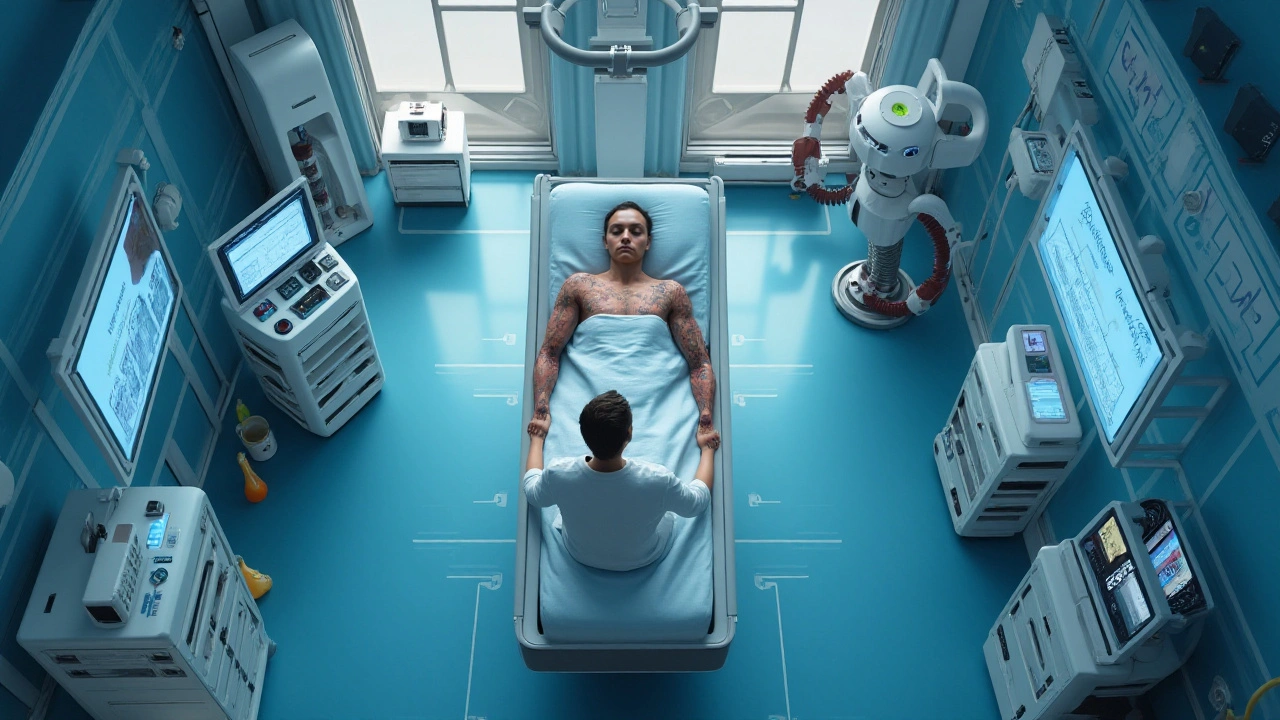SVT Treatments — What Works Fast and What Fixes It for Good
Heart racing? Supraventricular tachycardia (SVT) is a fast heartbeat that starts above the heart’s ventricles. It feels scary, but many attacks stop quickly with simple steps. This page shows what to try now, how common medicines work, and when catheter ablation may be the best long-term fix.
Immediate steps (what to try now)
If you get an SVT episode and you’re not fainting or having chest pain, try vagal maneuvers first. The simplest is the Valsalva: take a deep breath, hold it, and bear down as if you’re trying to poop for 10–15 seconds. A more effective version is the modified Valsalva — blow into a 10 mL syringe (or similar) to create pressure for 15 seconds, then quickly lie flat and lift your legs. These moves help the vagus nerve slow the heart.
Carotid sinus massage can work too, but only with a doctor or trained clinician watching. It’s a gentle, 5–10 second massage on one side of the neck and should be avoided if you have a carotid bruit or history of stroke.
If vagal tricks don’t stop the SVT, emergency meds may be used. Adenosine is the most common — given as a fast IV bolus (usually 6 mg, then 12 mg if needed). It works in seconds and lasts under a minute. Expect brief chest flushing, shortness of breath, or flushing right after the shot; these go away quickly.
Long-term options and when to choose them
If attacks are rare and mild, your doctor may recommend watchful waiting or simple lifestyle tweaks: reduce caffeine, limit alcohol, manage stress, and treat any thyroid problems. For more frequent or troublesome SVT, everyday medicines can help. Beta-blockers (like metoprolol) and calcium-channel blockers (verapamil, diltiazem) slow the AV node and reduce episodes. Some rhythm drugs (flecainide, propafenone) are used in specific cases but need cardiology oversight.
Catheter ablation is the option many people choose when they want a near-cure. A thin wire is threaded to the heart and the tiny pathway causing SVT is burned or frozen. Success rates for common SVTs (AVNRT, AVRT) are around 90–95%. Recovery is usually quick and most people stop needing daily meds. Risks are low but exist — the main one is accidental AV block that might require a pacemaker in rare cases.
Important safety note: if you have pre-excitation (Wolff-Parkinson-White) or fast irregular rhythms, some drugs can be harmful. Always check with an ER doctor or electrophysiologist before using AV-nodal blockers in those situations.
When to get help now: fainting, severe chest pain, shortness of breath, or low blood pressure with a fast heart rate — go to the ER. Otherwise, make an appointment with your GP or a heart rhythm specialist to discuss options and tests like ECG or an electrophysiology study.
Want to know which path fits you? Talk with a cardiologist. With the right plan, most people with SVT live normal, active lives without constant worry about their heartbeat.
- January 23, 2025
- Comments 17
- Health and Wellness

